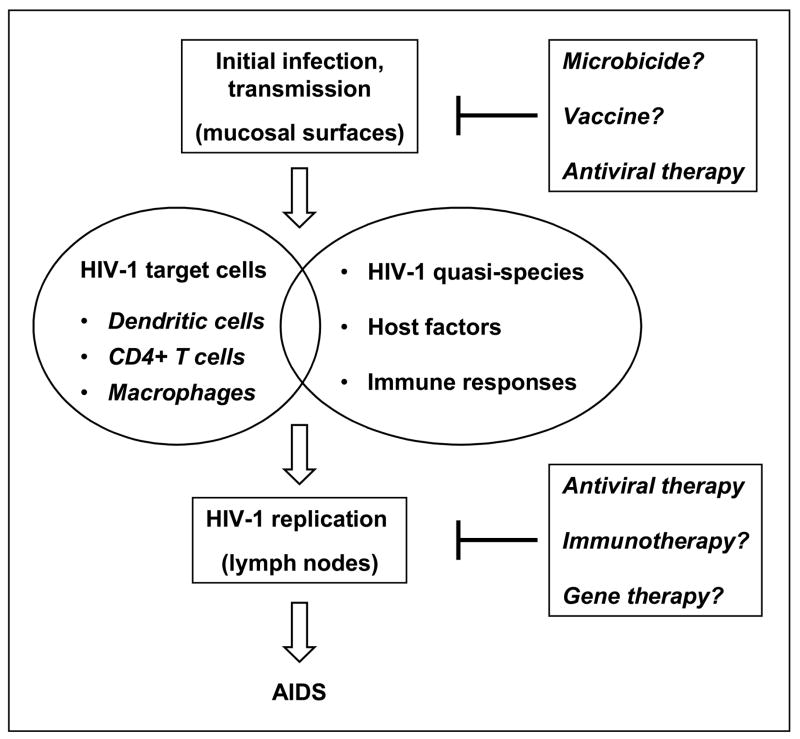Figure 1. Schematic representation of HIV-1 mucosal transmission.
HIV-1 mucosal transmission is a multifaceted process of virus-host interactions. Initial HIV-1 infection mainly occurs at the mucosal surfaces, involving epithelial cells, dendritic cells, CD4+ T cells, and macrophages. Migration of HIV-1-infected immune cells to lymph nodes spreads virus and establishes robust viral replication. Interactions between HIV-1 quasi-species, host factors, and immune responses contribute to the disease progression. Without an antiretroviral therapy, the vast majority of HIV-1-infected individuals eventually develop AIDS. Current antiretroviral treatment cannot eradicate HIV-1, and no effective vaccine is achievable soon. Thus, it is important to develop new interventions such as microbicides to prevent HIV-1 infection.

